We specialize in Geological Artwork.,We are geoart.com
Providing exceptional 3D graphic design, 3D animation and marketing services to technical and geoscience industries.
Welcome to GEOART
As a leader in oil and gas design, we here at John Perez Graphics & Design speak, think and visualize in terms of the geoscience industries. And, long ago, we set excellence and innovation as our watchwords. We join your team as an industry veteran who can contribute immediately – no learning curve required. Quite often, you only need to define your objectives and send us your project’s raw data. From there, we go to work to set you apart from your peers with accurate and effective oil and gas presentations, animations, websites and multimedia.
We are as passionate about your success today as we were when we started our company over 29 years ago. Let us put it to work on your next oil and gas project!
Geological Artwork Services
Our project experience spans all areas of the oil and gas industry such as: Aquifer Explanations, Technical Litigation Graphics, Brochure Graphics, Legal Animations, Industrial Graphics, NGL Graphics, Oil and Gas Logos, Oil Rig Explosions, Refinery Explosions, Educational 3D Animations, Directional Drilling Animations…and so much more! Scroll down to see all we can do for you!
Onshore Cutaway Diagrams
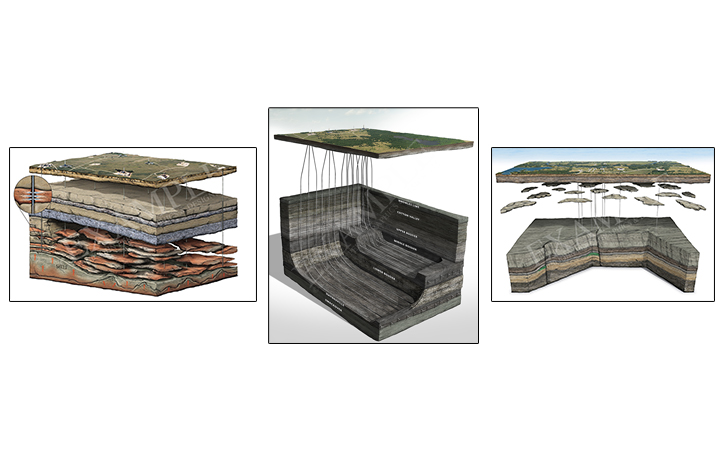
You can easily tell your play’s geologic story with our GEOART signature oil and gas graphics. Let us create a custom cutaway diagram for you today.
Offshore Cutaway Diagrams
Our offshore technical graphics will explain complex deepwater drilling. Browse examples of our offshore oil and gas cutaway diagrams here at GEOART!
Oil and Gas Animations
With technical 3D animation and 3d modeling expertise, we can bring any oilfield service or downhole technology to life. Need a technical animator for an explainer video? Give us a call.
Trial Graphics
We excel at producing exceptional courtroom animations and litigation graphics. Coupled with our oil and gas knowledge, we can provide clear and effective trial graphics for an advantage in mediation and the courtroom.
Oil Logo
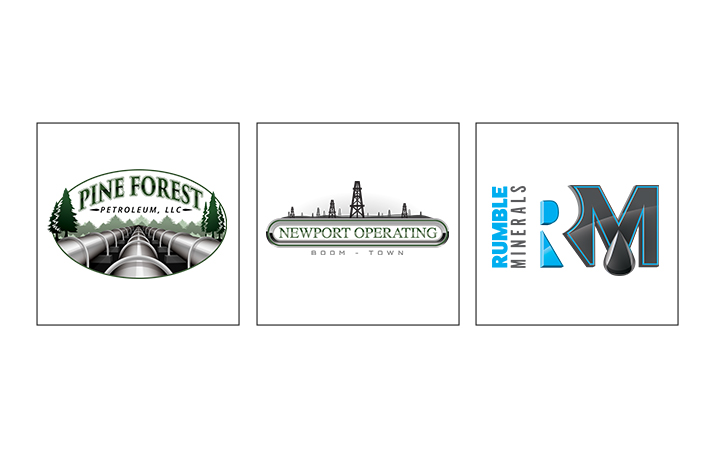
We listen, then design a quality custom oil and gas logo you’ll love. Your oil logo will be a thoughtful, original design.
Oil and Gas Map
At the core, a trained mapmaker for oil and gas maps domestic and international…since 1979. From Texas oil field Permian basin maps to the Guyana-Suriname basin we create oil maps for a variety of GEOART applications and media.
Oil and Gas Prospect Videos
With over 80 years of oil and gas experience, your oil prospect is in great hands when creating prospect videos and graphics for a private placement memorandum.
Mineral Rights
We can create a memorable minerals presentation explaining oil and gas mineral rights and royalties.
Oil and Gas Websites
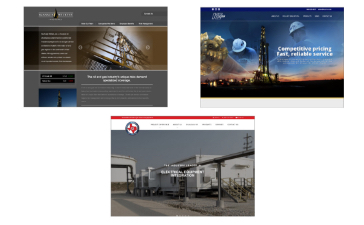
We know the oil and gas industry and can offer valuable input and eye catching design for your oil and gas website.
Oil and Gas Brochure Design
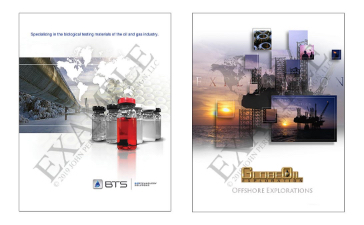
A great oil and gas brochure is so stunning your future clients and partners won’t put it down. We at GEOART service all facets of the oil and gas industry – upstream midstream and downstream.
Corporate Annual Reports
Communicate your year’s achievements splendidly to current and future oil and gas investors with our dynamic oil and gas visuals for your next annual report.
Environmental Graphics
Many companies use our environmental graphics to communicate their land stewardship activities such as water management and remediation.
Mining
Look to us here at GEOART.com to accurately illustrate the complexities of your mining facilities and subsurface resource recovery with a mining illustration.
Aquifer
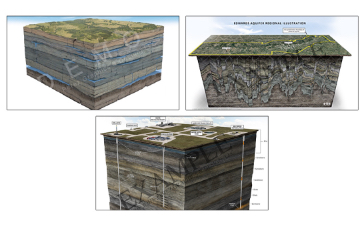
What is an aquifer? Why are they critical? Our technical graphics, water illustration and aquifer animation are clear and easy to understand why water management is so critical.
Stock Graphics & Animations Available for License
We provide some of the best Oil and Gas Stock Graphics and Stock Animations for GEOART. We have stock items ranging from: Technical Animations, Brochure Graphics, Legal Animations, Onshore and Offshore Cutaway Diagrams, Permian Basin Maps and Graphics, Fracking Animations, Perfing Animations, The Life Cycle of a Well, and so much more! Scroll down to see all our stock graphics.
Why Oil & Natural Gas? Animation Trailer
Petroleum is the largest energy source in the United States. The U.S is by far the biggest consumer of Oil & Gas in the world, making our domestic natural resources crucial to becoming energy independent.
Educational Oil & Gas Animations
Utilize one of our stock oil and gas graphic animations to educate your audience on a variety of oil and gas concepts and procedures.
Onshore Cutaway Diagrams
The presentation was due yesterday and you’re in a bind. Chances are we may have a cutaway diagram ready to go that will work perfectly for that interactive presentation or oil and gas website.
Offshore Cutaway Diagrams
Drilling (and illustrating) offshore environments is tricky. These stock offshore graphics and cutaway diagrams are available now and can quickly orient clients and investors to your area of operations.
Permian Basin Products
In the Permian Basin? We have Permian Basin stock oil and gas graphics, Permian Basin maps and animations. Midland Basin, Central Basin and Delaware Basin are included.
Oil and Gas Photo Collage Graphics
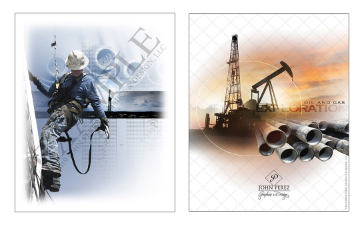
Need a stunning oilfield graphic for a brochure or website? We have stock technical graphics at the ready!
Water Flood Secondary Oil Recovery
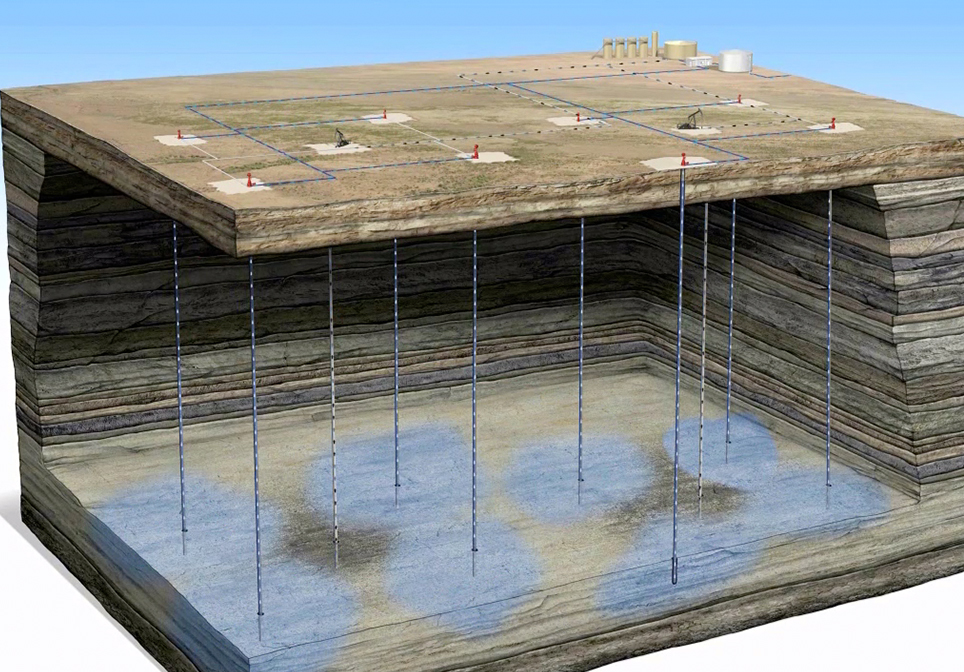
Secondary recovery techniques can extend a field’s production life by increasing original oil in place production to approximately 20 to 40 percent.
CO2 EOR Tertiary Oil Recovery
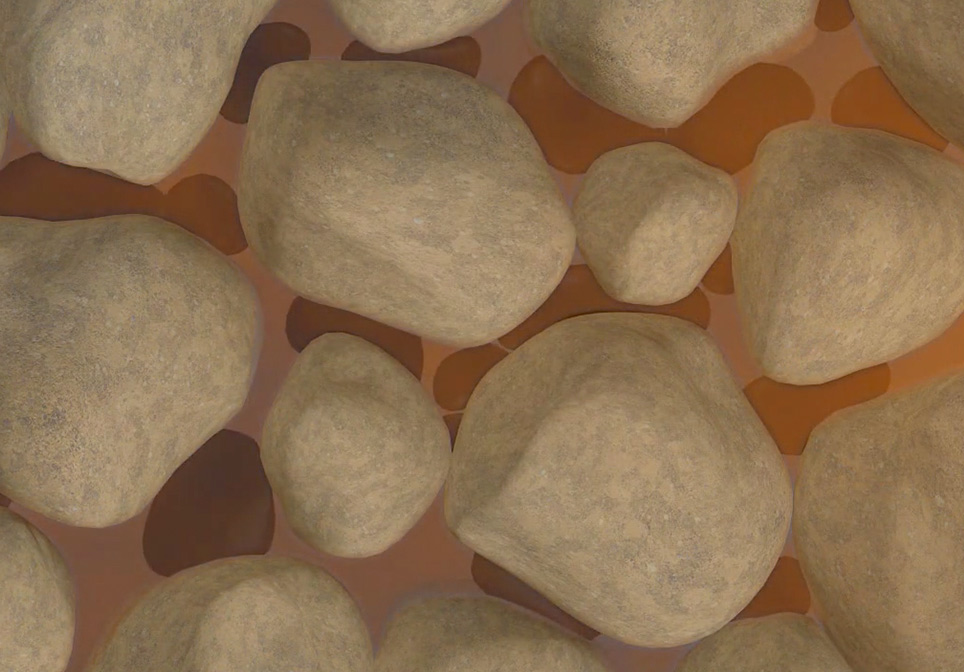
Tertiary techniques prolong the life of producing fields, ultimately leading to recovery of 30 to 60 percent of the original oil in place.
Class II Salt Water Disposal Well
Class II wells are used only to inject fluids associated with oil and natural gas production. Class II fluids are primarily brines (salt water) that are brought to the surface while producing oil and gas.
U.S. Oil & Gas Consumption Meter
How much Oil & Gas does the United States consume Per Year, Per Day or Per Second?
– The consumption meter files come website ready with easy-to-install files.
World Oil & Gas Consumption Meter
How much Oil & Gas does the World consume Per Year, Per Day or Per Second?
– The consumption meter files come website ready with easy-to-install files.
Oilfield Artwork - Giclee Prints
Beautiful oilfield giclee prints suitable for framing and executive gifts.
– New to Our GEOART Stock Educational Animations –
Why is Oil and Gas IMPORTANT?
Why is oil important? The United States consumed seven and a half billion barrels of oil and nearly thirty-one trillion cubic feet of natural gas in 2019.
These annual numbers equate to over two hundred thirty-six barrels of oil and nine hundred eighty-three thousand cubic feet of gas per second. Today, the importance of oil and gas in our country cannot be overstated. In order to fuel the muscular engine that is the US economy, the United States relies extensively on oil and gas. For the foreseeable future, to accommodate current demand and our lifestyles… America’s vehicles will remain on the tried and tested internal combustion engine. Thankfully, the oil and gas industry has not remained idle while technologies are being further developed for renewable energy.
New reservoir optimization techniques have enhanced petroleum production in both vertical and horizontal wells. Most notably, the increased implementation of technologies such as digitalization, cloud computing, and machine learning are transforming the petroleum industry… allowing for reduced costs, maximized operations and asset performance through real-time data analytics and optimized integration. In recent years, the US has surpassed both Saudi Arabia and Russia to become the world’s largest oil producer… and regained its net energy exporter status for the first time since 1952. This Energy Independence promises to provide improved energy security. The Oil and Gas industry is leading the charge to deliver the energy resources crucial to our country and promises that the vast consumption needs across all sectors required to sustain our current lifestyles can be met.
Oil and Gas Industry Infographics Up Close
For 29 years, John Perez Graphics has specialized in helping the geoscience industry explain technology and processes with our GEOART. Take a look at the technical illustrations and interactive presentations we create to help your clients and investors see what you see!
Upstream - Midstream - Downstream Infographic
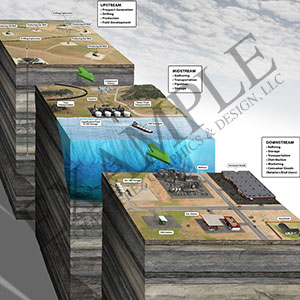
This technical graphic shows the Upstream – Midstream – Downstream process. This cutaway diagram is one of our stock graphics and is available to license.
Natural Gas Value Chain Infographic
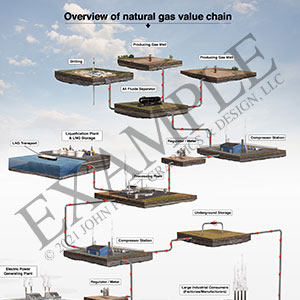
The Natural Gas Value Chain is a great industrial graphic, showing how gas is found and then sent to consumers. This cutaway diagram is one of our stock graphics and is available to license.
South Africa Mining Infographic
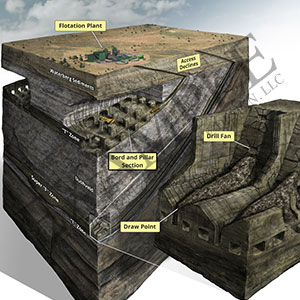
Technical mining graphics … No Problem! This infographic shows the mining overview and a detailed cutaway diagram view.
Watch our 3D Oil and Gas Animation Demo Reel
Please take a look at our latest technical animation work! You’ll see that our creative team is continuing to push beyond their comfort zone to create that “WOW” experience for every client’s play, tool or oil and gas technology project with our animated graphics. Need to explain enhanced oil recovery, stacked pay or oil investments in unconventional oil? No problem. Our seasoned technical animator team specialize in process, mechanical and industrial animations as seen in our animation demo reel.
With new effects and cutting-edge, 3D modeling software, we can go beyond the norm and create that one of a kind technical animation, illustration, or oil and gas graphic animation you’re looking for! These 3D oil and gas graphics are from many projects we have created up to this point. Look, experience and…
Let us know what we can do for you!
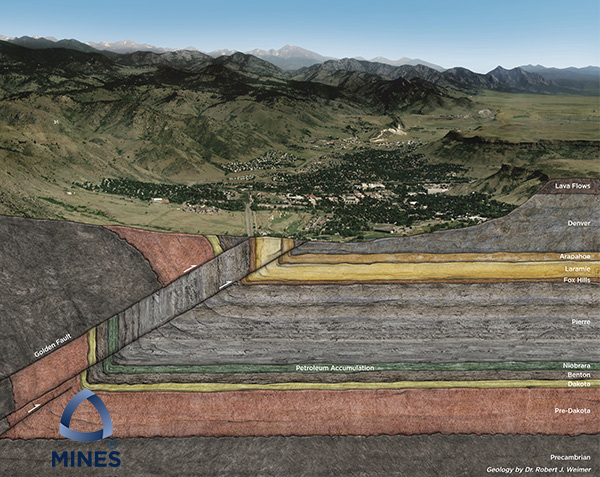
Dr. Robert J. Weimer, PhD, PG
Colorado School of Mines – Geology Professor Emeritus
“I enjoyed working with your crew on the CSM project. The results occupy a prominent spot in the lobby of the new Petroleum Engineering Building for all to admire. Thank you for the opportunity.”
Our GEOART Hangs in the Oil and Gas Industry’s Most Hallowed Educational Halls
Over our 25 years, we’ve had the honor and pleasure to work with the best and brightest minds in geology, geophysics, petroleum engineering and oil and gas law education. Their collaboration on special projects such as this geologic illustration showing from the Denver formation at 64 million years old to the Precambrian at 1.7 billion years old has been key. Our oil and gas illustrations and oil and gas animations have been incorporated into curriculum and have helped to expand the next generation’s education in the geoscience and technology of the oil and gas industry.
Look for our work at your next campus visit to: Colorado School of Mines, University of Texas, Texas A&M, UT Permian Basin, Texas Tech, LSU, Oklahoma State University and others!
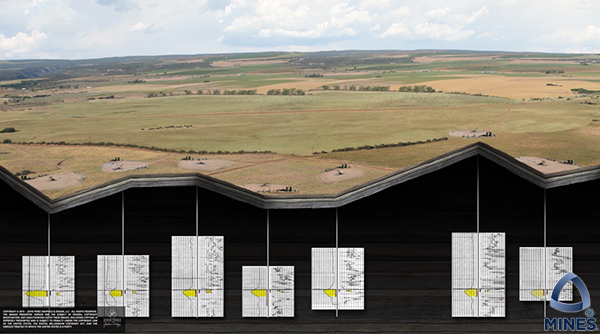
William Fleckenstein, PhD, PE Colorado School of Mines – Petroleum Engineering Dept., EREP Director of Strategic Relationships and Enterprises
“Many thanks to John Perez for this donation. If a picture is worth a thousand words, a great animation is priceless.”
Some of our clients
We are proud to work with these companies and so many more!

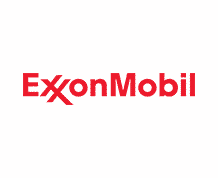
ExxonMobil


Shell

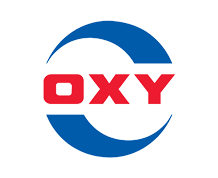
Oxy

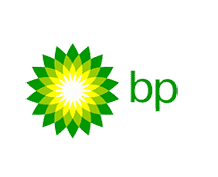
BP


Conono Phillips
Why Us for Your Oil and Gas Marketing? Glad you asked.


DYNAMIC VISUALS.
Crafting a geological graphic or animation that conveys information is one thing.
“Wow” is something else entirely.


ULTRA-HIGH ACCURACY.
Our attention to detail—geological or otherwise—lets your audience know they can trust what you’re saying.


CREATIVE SUPPORT.
We want you to feel like you have your own full service multimedia department in house.
Go on. Use us.


YOU WIN WE WIN.
We value our clients’ short and long-term business success above all else. We know we’ve succeeded when you do. Win-win.
